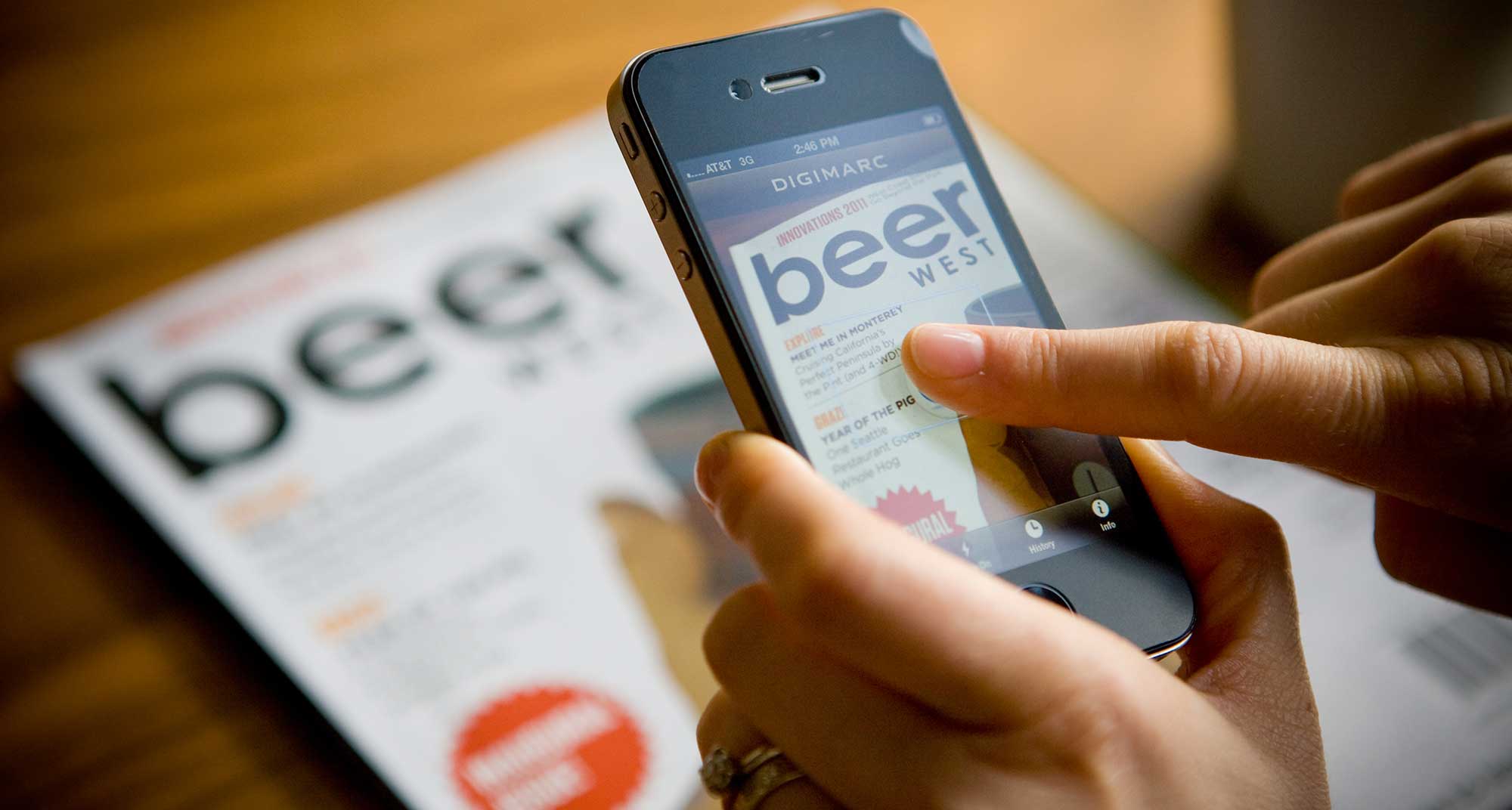Posted January 1, 2016
Why doesn't my image read? Common beginner issues.
BY Geoffrey Karr

For users of the Digimarc Online Services Portal to enable interactive printed images.
A first time user sometimes finds that after watermarking an image, their Digimarc Discover® App is unable to read the watermark when they print it. This is commonly caused by watermarking an image at a size that is different than the size at which the image is printed. This happens frequently with digital camera images since these are often set at 72dpi, e.g. an iPhone 4 image is 36" x 27" at 72dpi.
The Fix:
Photoshop or other image editing applications can simply resize or resample an image to the size at which you want to print.
Those who don't have Photoshop, and are using the Portal's "Process Image" option (a Java app), can also alter an image's size. When the embedder is opened, and an image is loaded you can select the "Change Print Size" button in the lower left corner. This will allow you to resize an image based on its available data to a size closer to the size you are printing. Ideally you want your image to be watermarked within 5-10% of the size it will be printing.
So why does size matter?
No doubt you've noticed that most barcodes are a fixed size. This allows a barcode reader to easily resolve the structure of a barcode and read its payload. If a bar or QR code has its size altered, this can drastically reduce its ability to be scanned. A watermark within an image has a structure for a mobile device's camera to resolve and read its payload as well.
When a watermark is applied to an image that is 8" x 10" at 300 dpi and then printed at 8" x 10", mobile devices can easily read the watermark when focused between 3" to 7" away from the printed image (different mobile devices have different focal distances). If this same image is scaled to 200% (16" x 20") when printed, then a mobile device has to be held twice as far as normal (6" to 14") to read it.
At a 50% size (4" x 5") the readable distance for a mobile device is reduced by 50% (1.5" to 3.5"). This is a double whammy, because not only does the mobile device need to be held closer than usual, but most mobile device's cameras have trouble focusing and resolving images at close range.
To learn more check out these blog posts on Image Resolution and on Image Resizing and Resampling.

